




I make a Maple Syrup instructional movie! Check it out HERE
SKIP books, get 'em while they're hot!!! Skills to Inherit Property
See me in a movie building a massive wood staircase:Low Tech Lab Movie
 1
1




Terry Austin wrote:Sorry if this has been covered previously.
In hugekultur does the wood/logs need to be whole or can they be wood chips?
The reason I as is several companies in the area offer to give wood chips free a d will deliver them free if they Re in the srea.
Any ideas and feedback appreciated.
 5
5




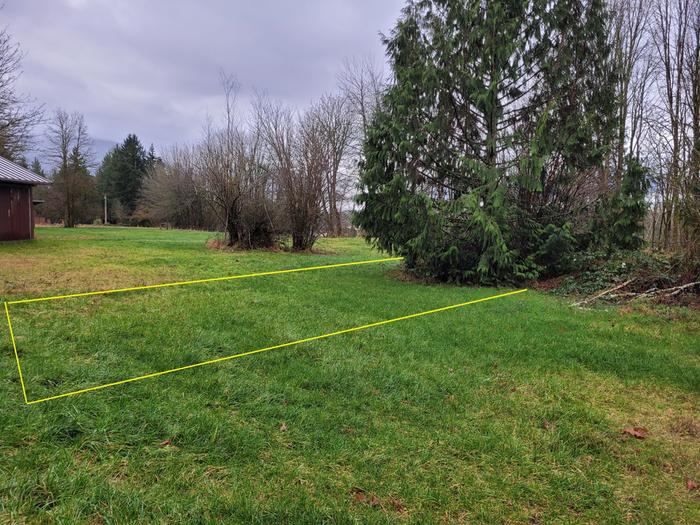

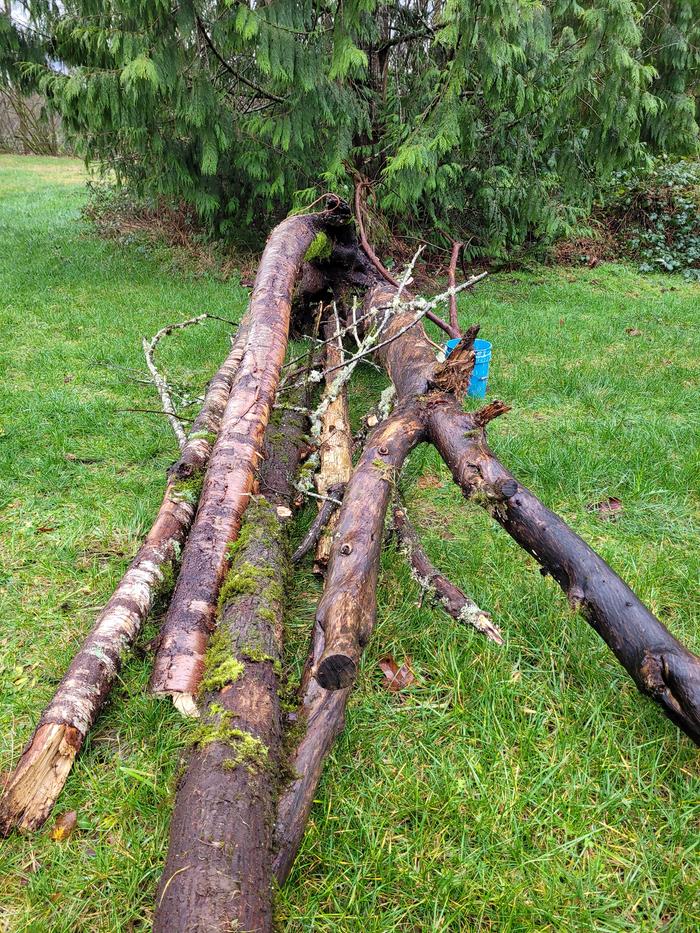
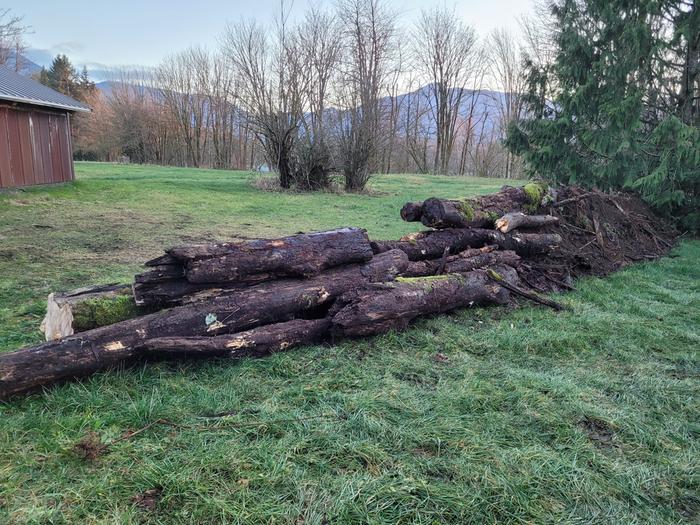
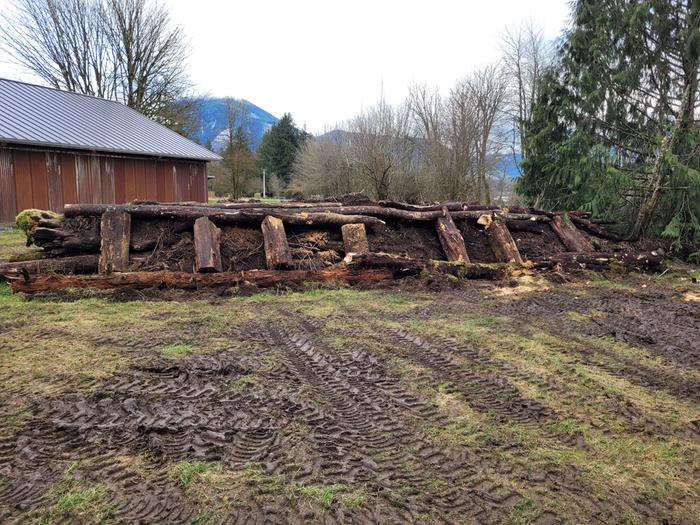
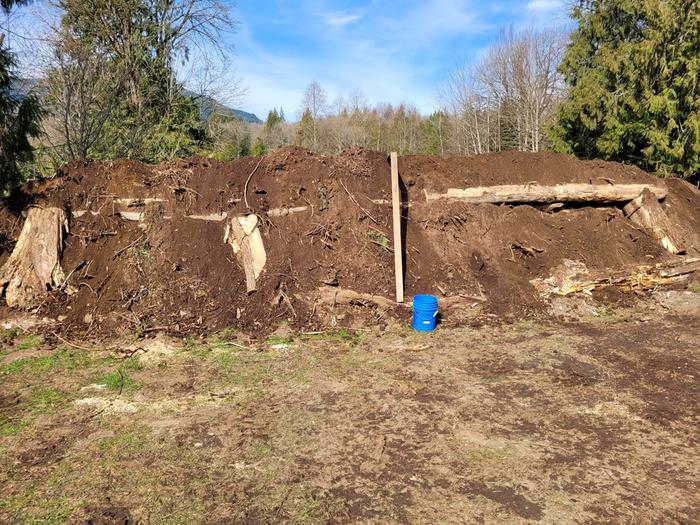
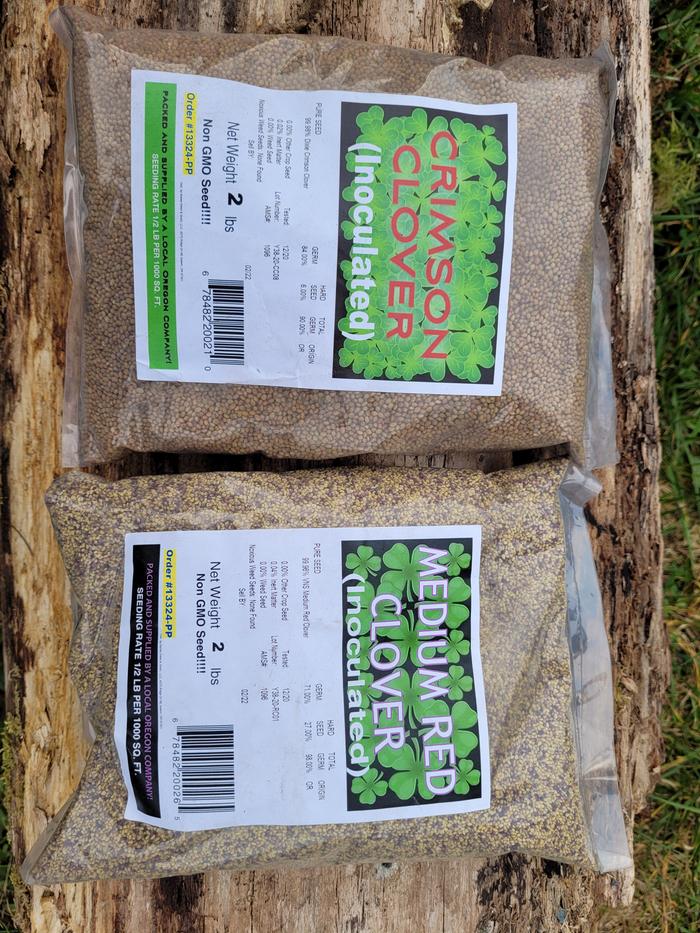
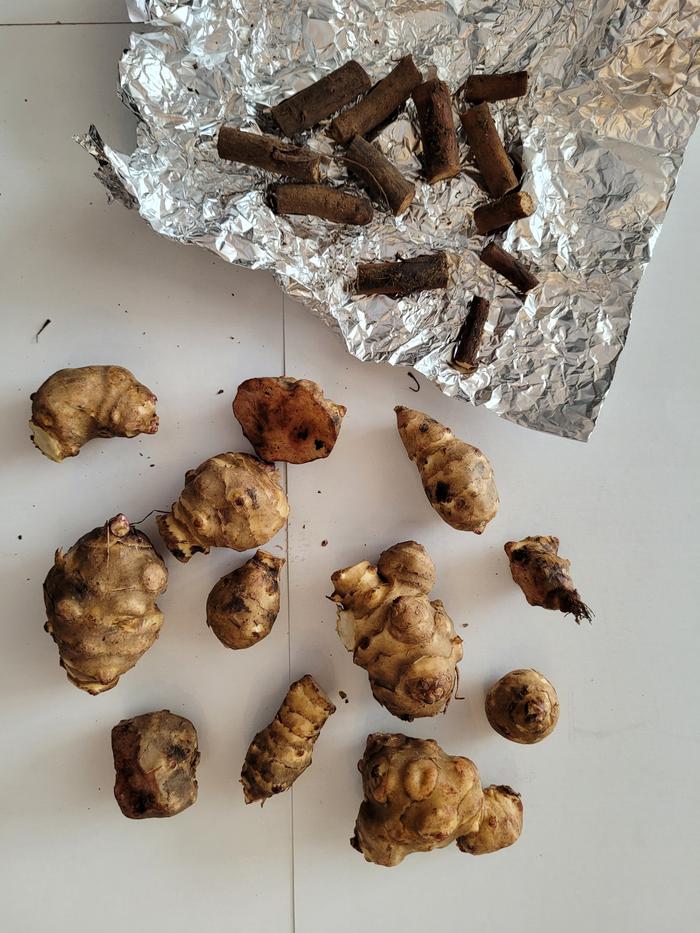
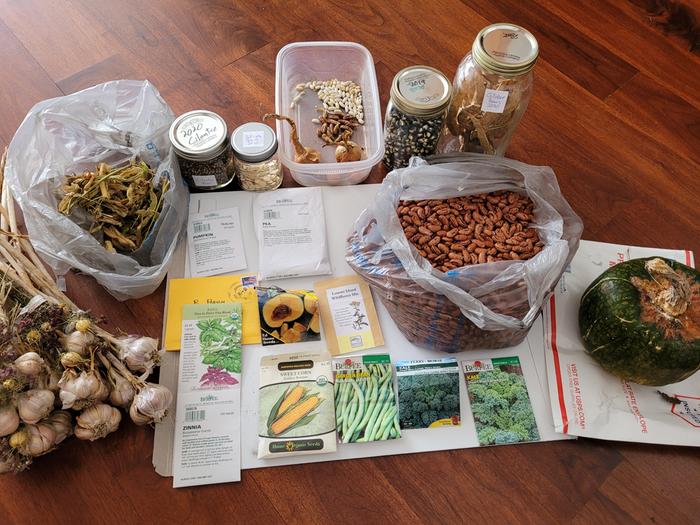
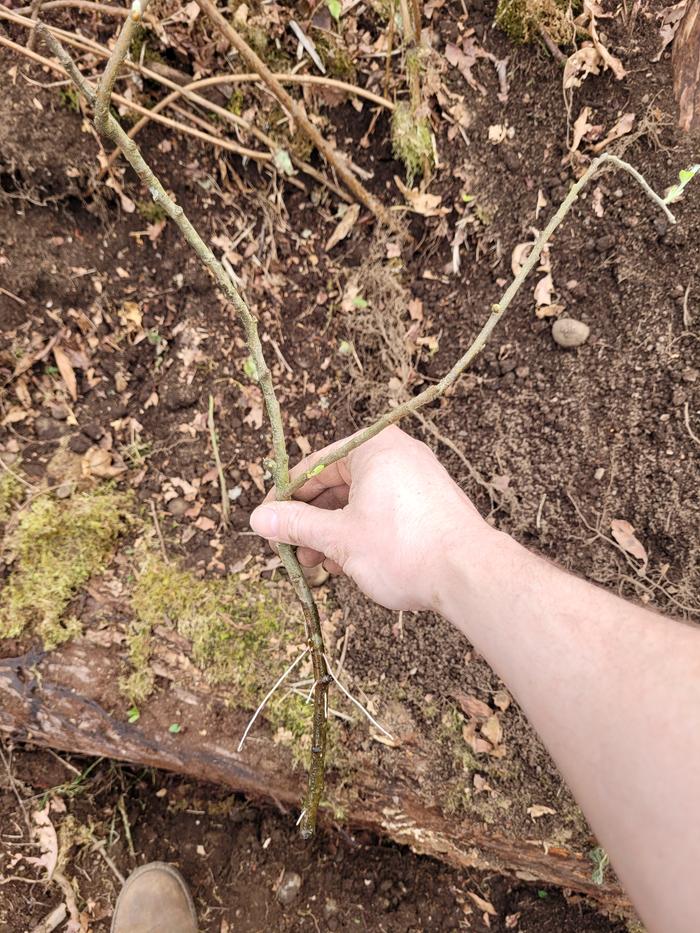
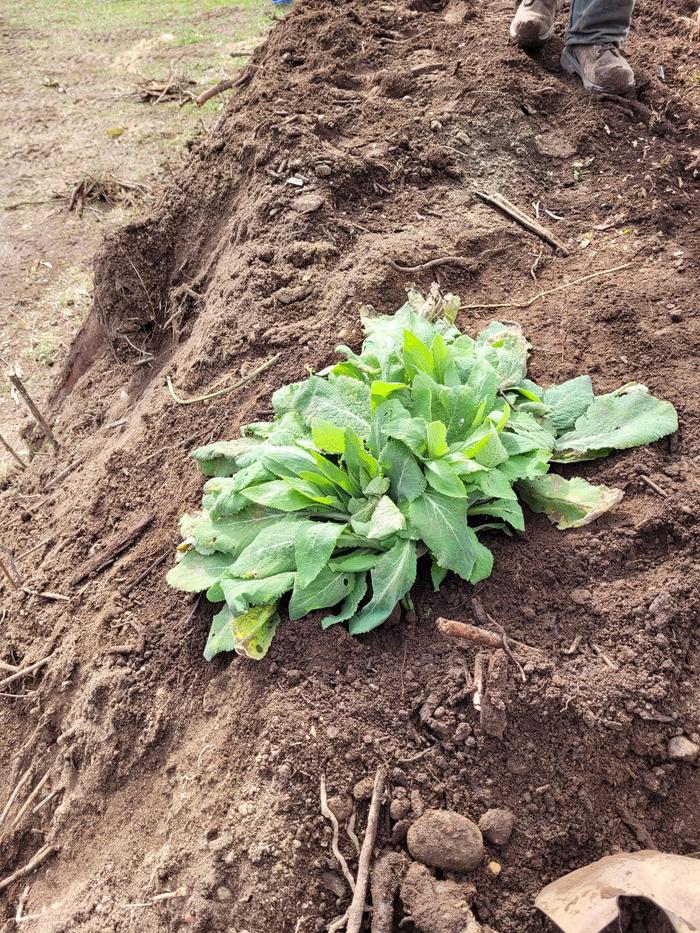
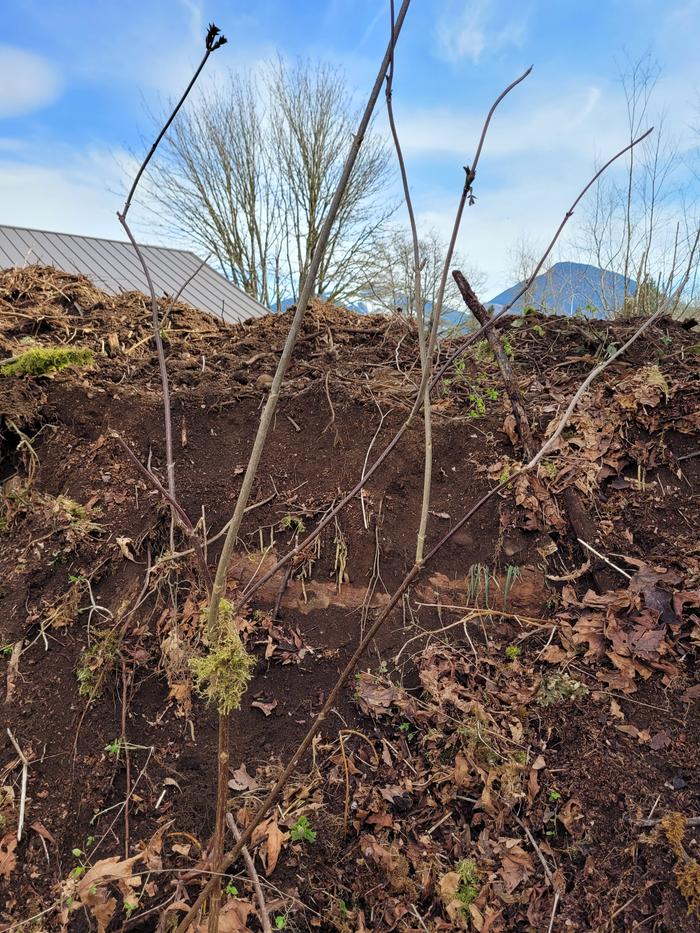
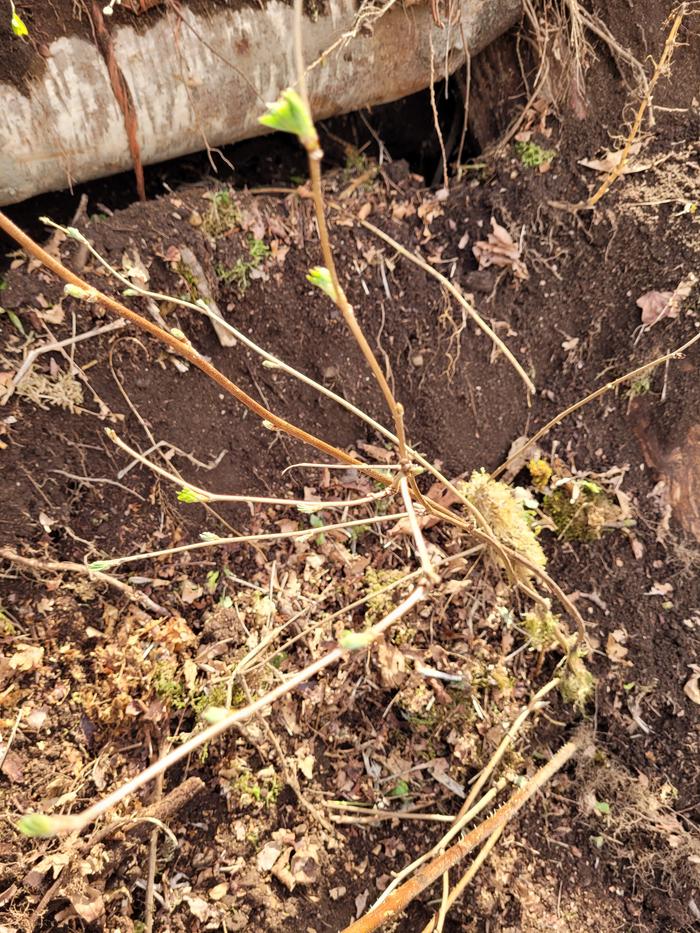
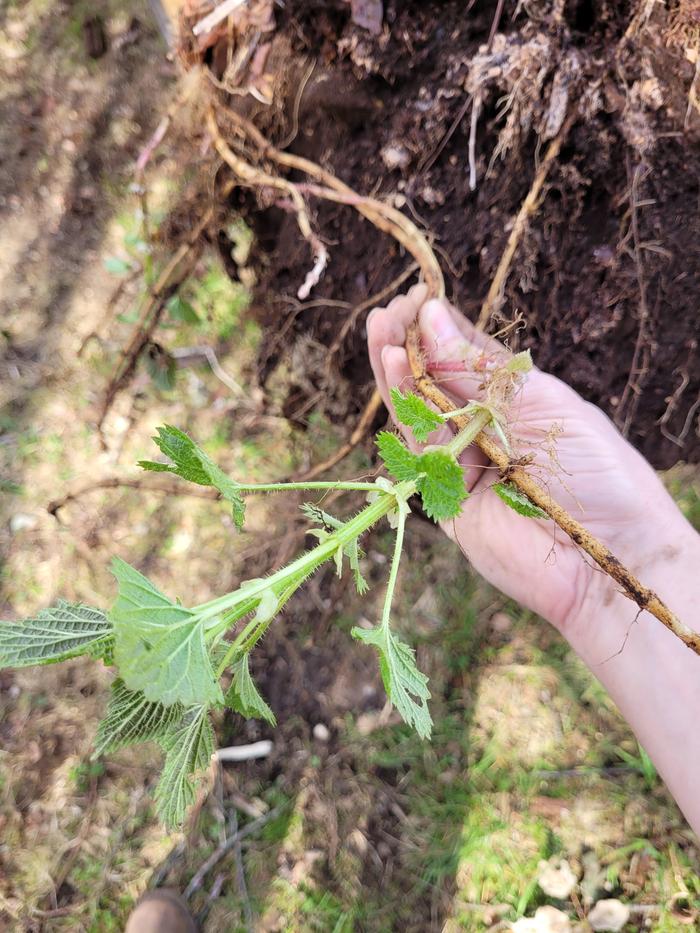
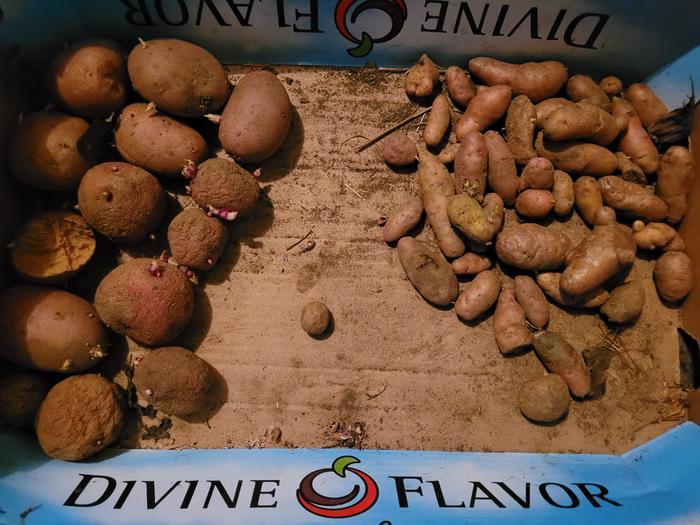
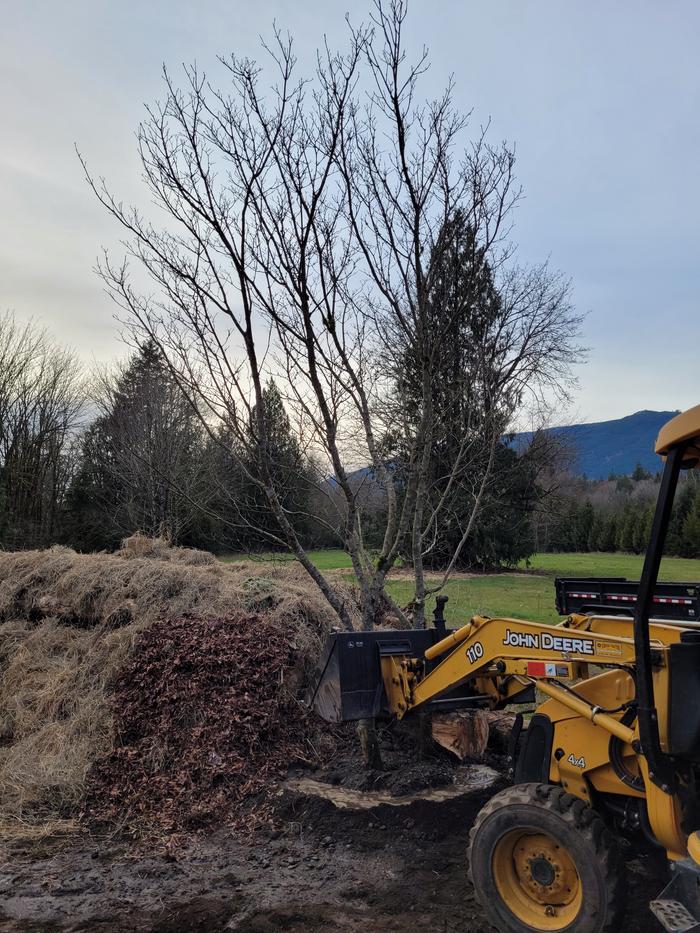
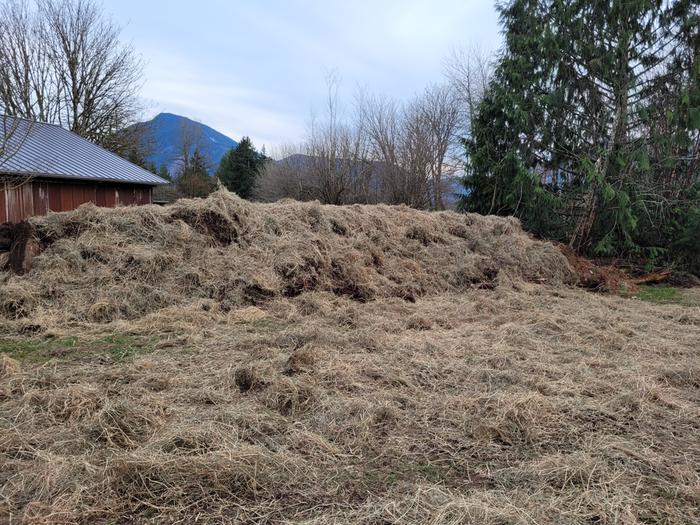
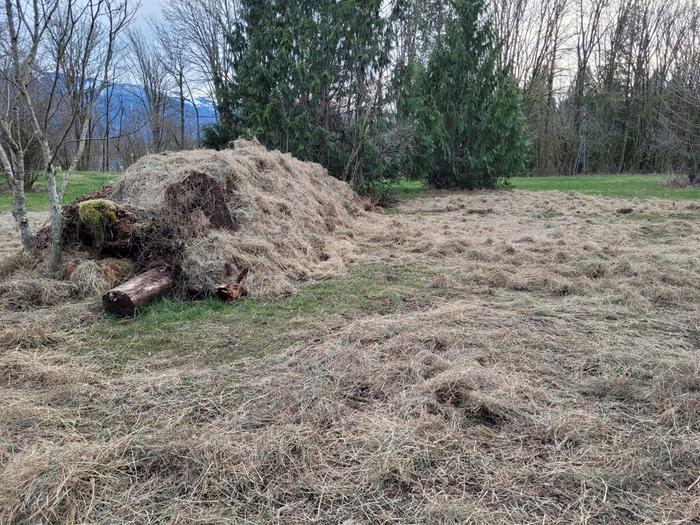
Now you can track your PEP BB and Badge progress in Google Sheets! Download today: PEP BB Calculator for Google Sheets
Mike Barkley approved this submission.
Note: Full spped ahead for the other 2 badges. Congrats on this one. Feels good eh?




On a mission to revolutionize the way we farm and ranch, hire and to help others with less resources to be integral partners of new or established homesteads and farms of all sizes. Creative Problem- Solving




Tara Martinn wrote:What are the Sepp Holzer grains?
I clicked on linked 'Sepp Holzer' and don't see a list... Maybe just too many SKIP tabs open trying to work this all out...
The holy trinity of wholesomeness: Fred Rogers - be kind to others; Steve Irwin - be kind to animals; Bob Ross - be kind to yourself
 1
1




I make a Maple Syrup instructional movie! Check it out HERE
SKIP books, get 'em while they're hot!!! Skills to Inherit Property
See me in a movie building a massive wood staircase:Low Tech Lab Movie
 2
2




Mike Barkley approved this submission.
 2
2




Mike Barkley approved this submission.
Note: What is with the upside down pix lately?
 2
2




Mike Barkley approved this submission.








